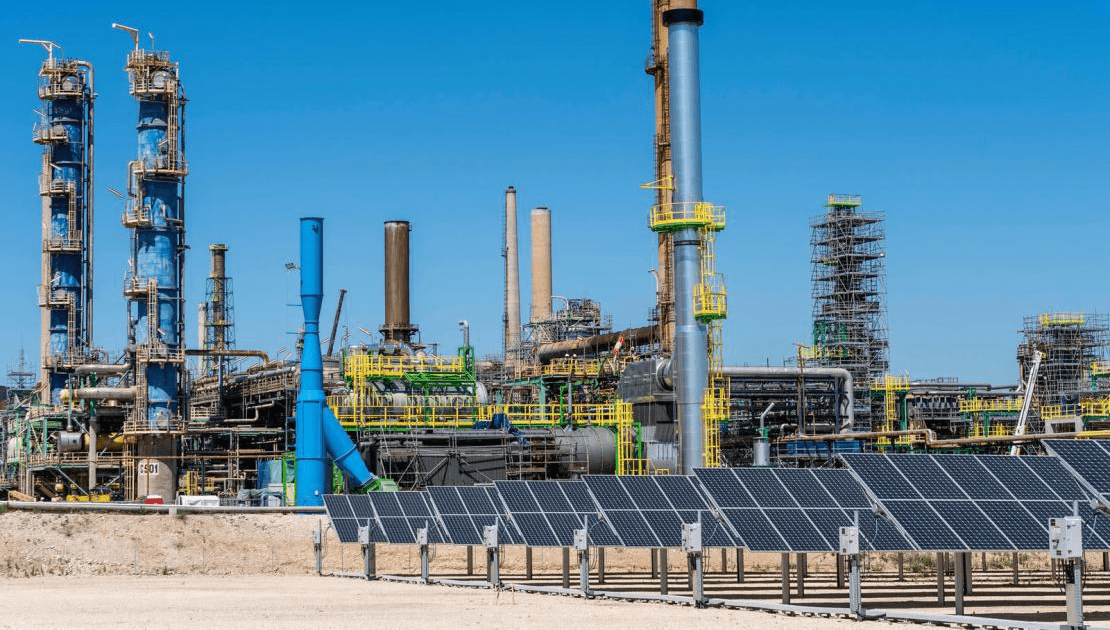
Can We Achieve A Cleaner Carbon Economy By 2050?

By Nooshin Behroyan
Climate change remains the defining challenge of our era, with carbon emissions from super emitters driving drastic shifts in global weather patterns. While some nations are leading the charge in adopting cleaner energy solutions, others are lagging behind, which threatens the global push toward net-zero emissions. To achieve a carbon-neutral economy by 2045 or 2050, it is crucial to address the role of super emitters and categorize countries based on their commitment to change.
Super Emitters And Climate Change
I recently attended the Global Energy Transition in Milan and GasTech in Houston where energy leaders discussed the critical role of super emitters in the fight against climate change. During a closed-door meeting with various leaders of countries, Former US Secretary of State John Kerry emphasized that while developing countries often seem key to global climate success, they only account for 5% of the world’s total greenhouse gas (GHG) emissions. In reality, it is the super emitters—such as China, India, and the United States—that contribute over 50% of global emissions.
These super emitters are primarily responsible for the escalating climate challenges we face today. Their disproportionate output of greenhouse gases has significantly impacted weather patterns worldwide. Events like Hurricane Helene showcase the growing intensity of storms driven by rising levels of carbon dioxide (CO2) and methane (CH4), both of which are primarily emitted by burning fossil fuels in energy, industry, and transportation sectors.
Categorizing Countries: Innovators, Slow Movers, And Non-Movers
Countries can be grouped into three broad categories based on their progress toward reducing emissions:
- Innovators: These are the countries leading the global shift toward renewable energy and carbon reduction. Germany, the United Kingdom, and Scandinavian countries have made significant strides in reducing their carbon footprint. For instance, Germany has heavily invested in renewable energy and aims to phase out coal by 2038.
- Slow Movers: Countries like the United States and Canada have ambitious climate goals but struggle with the transition away from fossil fuels. Despite significant investments in renewable energy, their reliance on oil and gas continues to slow progress toward net-zero.
- Non-Movers: Countries such as China and India are the world’s largest carbon emitters and are critical to the success of global climate goals. However, they are not making the necessary strides fast enough. Despite leading in renewable energy production, China is still heavily reliant on coal. India, too, continues to invest in coal, which could hinder its long-term climate goals.
The Role Of Massive Investments
Significant investments are required to meet global net-zero commitments, especially in slow-moving and non-moving countries. The International Energy Agency (IEA) estimates that achieving net-zero emissions by 2050 will require annual clean energy investments of over US$4 trillion by 2030. Much of this investment must be directed toward emerging economies, where energy demand and industrial growth are rapidly increasing.
Investments in scaling renewable energy, improving energy efficiency, and developing technologies that capture and store carbon will be essential. Wealthier nations must provide financial and technological support to help slow movers and non-movers accelerate their transition toward cleaner energy.
Adapting The Energy Sector
The energy sector is expected to undergo more change in the next decade than it has in the past century. Natural gas will continue to serve as a “bridge fuel” in the transition to cleaner energy, but reducing its environmental impact is essential. For example, companies must adopt technologies to capture methane emissions and improve operational efficiency. The company I founded focuses on developing methane capture technologies, which can minimize the environmental impact of natural gas production.
Moreover, expanding renewable energy sources like solar, wind, and hydropower will be crucial to decarbonizing the energy sector. Companies must also retrofit existing infrastructure and adopt sustainable operational models to achieve a low-carbon future.
Will We Meet The 2045 And 2050 Net-Zero Commitments?
Achieving a sustainable, energy-efficient future by 2045 or 2050 is possible, but only if global cooperation accelerates. Innovators alone cannot meet these targets. If major emitters like China and India remain slow to act or fail to make significant changes, the world will struggle to achieve its net-zero goals. Investments in cleaner technologies must scale up, and coordinated global efforts must intensify to bring slow movers and non-movers on board.
In conclusion, the transition to a cleaner carbon economy requires both innovation and global collaboration. Without coordinated action, the world risks missing critical 2045 and 2050 net-zero targets. Achieving a sustainable future is possible, but we must act now to drive collective change toward a cleaner, carbon-neutral economy.
About The Author
Nooshin Behroyan is the founder and CEO of Paxon Energy & Infrastructure Services. Behroyan is an Iranian immigrant, a University of California, Davis (UC Davis) environmental engineer, a UC Berkeley LEED architect, and considers herself an “energy futurist.” Behroyan is focused on bolstering existing infrastructure to ensure a seamless energy transition. Behroyan serves as the board president of the San Francisco chapter of the National Association for Women Business Owners.









